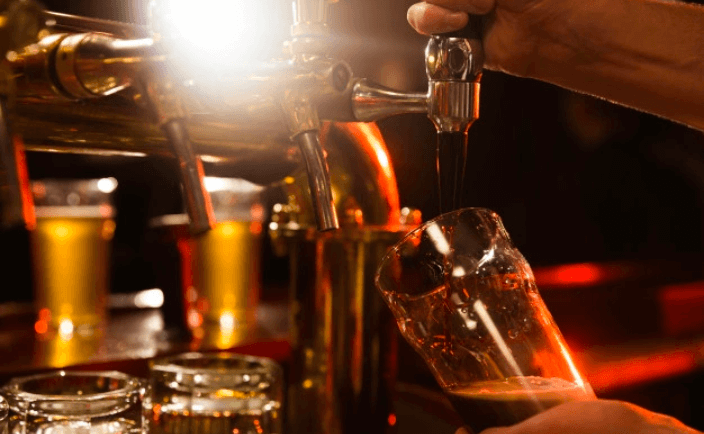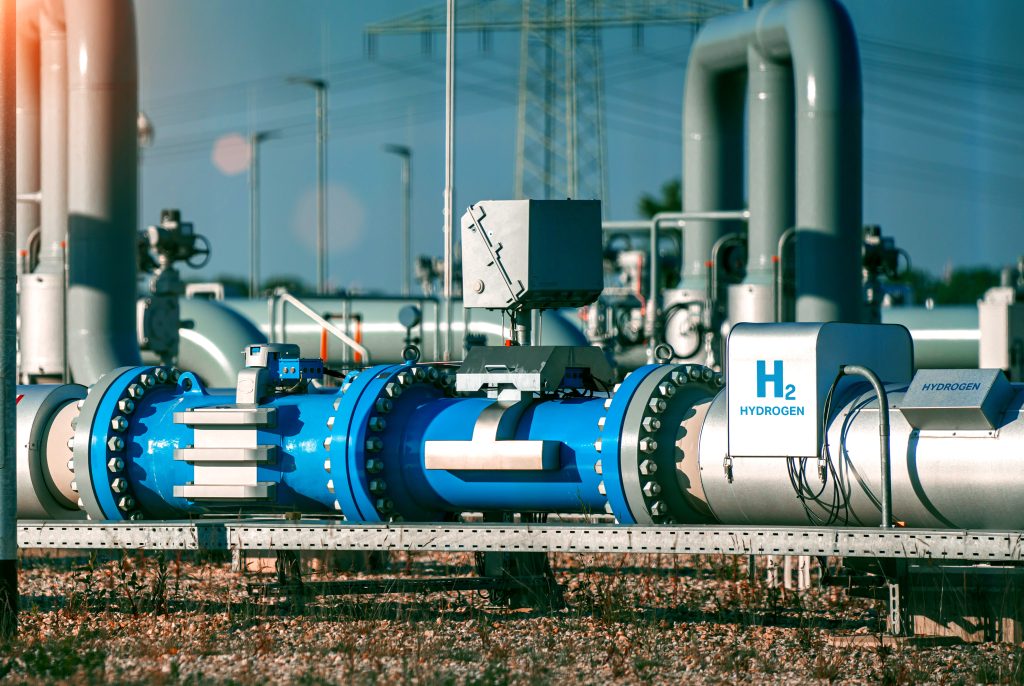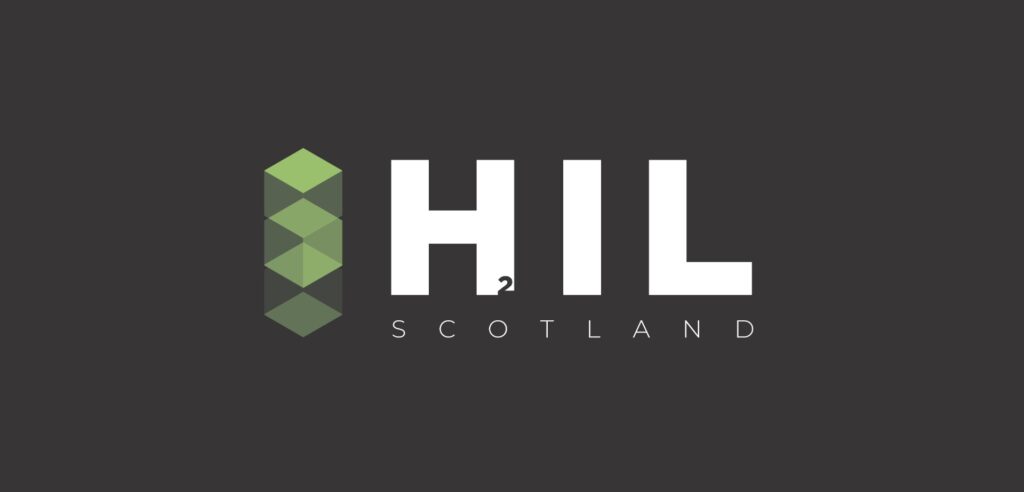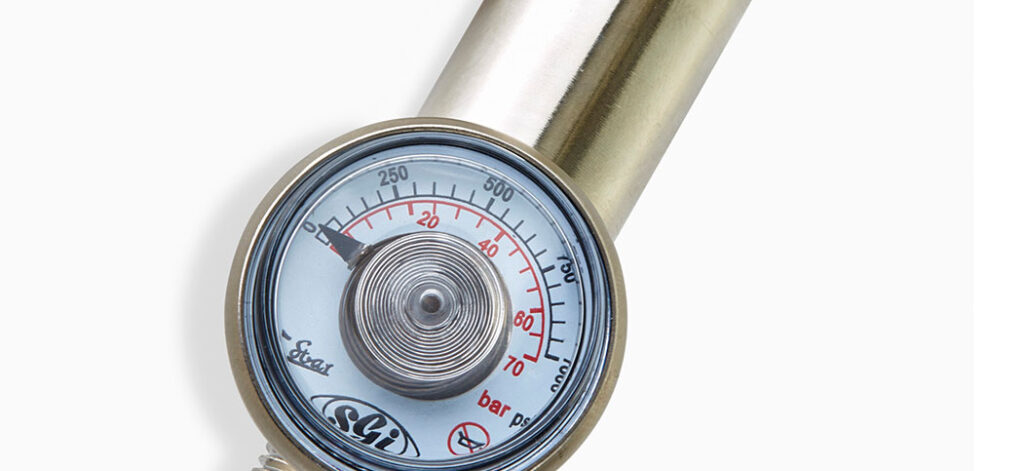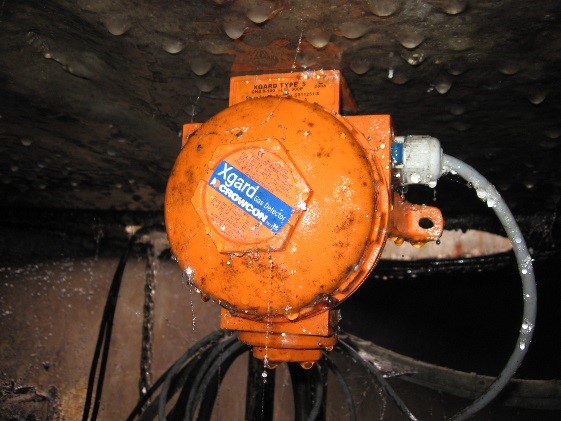Quase todas as indústrias têm de monitorizar os perigos dos gases, e a indústria alimentar e de bebidas não é exceção. No entanto, existe uma falta de sensibilização para os perigos do dióxido de carbono (CO2) e para os perigos que os trabalhadores da indústria enfrentam.O CO2 é o gás mais comum na indústria alimentar e de bebidas porque é utilizado na carbonatação de bebidas, para impulsionar as bebidas para a torneira em bares e restaurantes e para manter os alimentos frios durante o transporte sob a forma de gelo seco. Também é produzido naturalmente nos processos de fabrico de bebidas por agentes fermentadores como a levedura e o açúcar. Emborao CO2 possa parecer inofensivo à primeira vista, uma vez que o exalamos em cada respiração e as plantas precisam dele para sobreviver, a presença de dióxido de carbono torna-se um problema quando a sua concentração sobe para níveis perigosos.
Os perigos doCO2
O dióxido de carbono ocorre naturalmente na atmosfera (normalmente 0,04% no ar).O CO2 é incolor e inodoro, mais pesado do que o ar, e tende a afundar-se no chão.O CO2 acumula-se em caves e no fundo de contentores e espaços confinados, como tanques ou silos.
Uma vez queo CO2 é mais pesado do que o ar, desloca rapidamente o oxigénio e, em concentrações elevadas, pode resultar em asfixia devido à falta de oxigénio ou de ar respirável. A exposição aoCO2 é fácil, especialmente num espaço confinado como um tanque ou uma cave. Os primeiros sintomas de exposição a níveis elevados de dióxido de carbono incluem tonturas, dores de cabeça e confusão, seguidos de perda de consciência. Acidentes e mortes ocorrem na indústria alimentar e de bebidas devido a uma fuga de dióxido de carbono. Sem métodos e processos de deteção adequados, todas as pessoas numa instalação podem estar em risco.
Monitores de gás - quais são os benefícios?
Qualquer aplicação que utilize dióxido de carbono coloca os trabalhadores em risco, e a única forma de identificar níveis elevados antes que seja demasiado tarde é utilizar monitores de gás.
A deteção de gás pode ser fornecida tanto de forma fixa como portátil. A instalação de um detetor de gás fixo pode beneficiar um espaço maior, como salas de instalações, para proporcionar uma proteção contínua da área e do pessoal 24 horas por dia. No entanto, um detetor portátil pode ser mais adequado para a segurança dos trabalhadores dentro e à volta da área de armazenamento de garrafas e em espaços designados como espaços confinados. Isto é especialmente verdadeiro para bares e estabelecimentos de distribuição de bebidas para a segurança dos trabalhadores e daqueles que não estão familiarizados com o ambiente, tais como motoristas de entregas, equipas de vendas ou técnicos de equipamento. A unidade portátil pode ser facilmente fixada ao vestuário e detecta bolsas deCO2 através de alarmes e sinais visuais, indicando que o utilizador deve abandonar imediatamente a área.
Os detectores de gás pessoais monitorizam continuamente o ar na zona de respiração dos trabalhadores quando usados corretamente, para lhes dar uma melhor consciência e as informações de que necessitam para tomar decisões inteligentes perante o perigo. Os monitores de gás não só podem detetar o dióxido de carbono no ar, como também podem alertar outras pessoas se um empregado estiver em perigo. O dióxido de carbono pode ser monitorizado usando um único monitor de gás ou usando um monitor multigás com um sensor de dióxido de carbono dedicado. É importante notar que o dióxido de carbono pode atingir níveis perigosos antes de um sensor de oxigénio dar o alarme.
INFORMAÇÕES SOBRE O SECTOR
Subscreva para receber as
últimas informações
na sua caixa de correio eletrónico
Ler sobre a Privacidade e Política de Cookies aqui. Se mudar de ideias, pode cancelar a subscrição em qualquer altura

